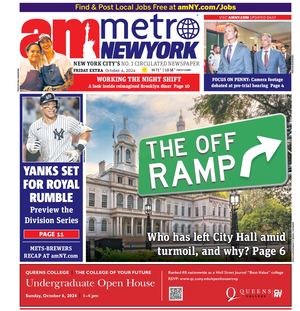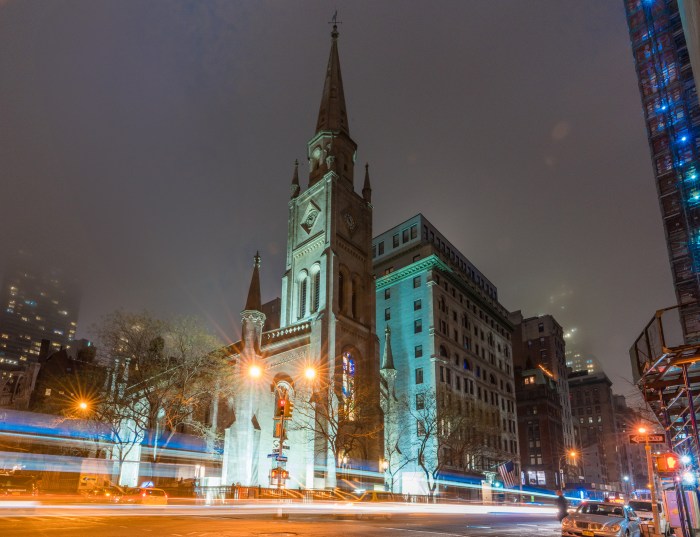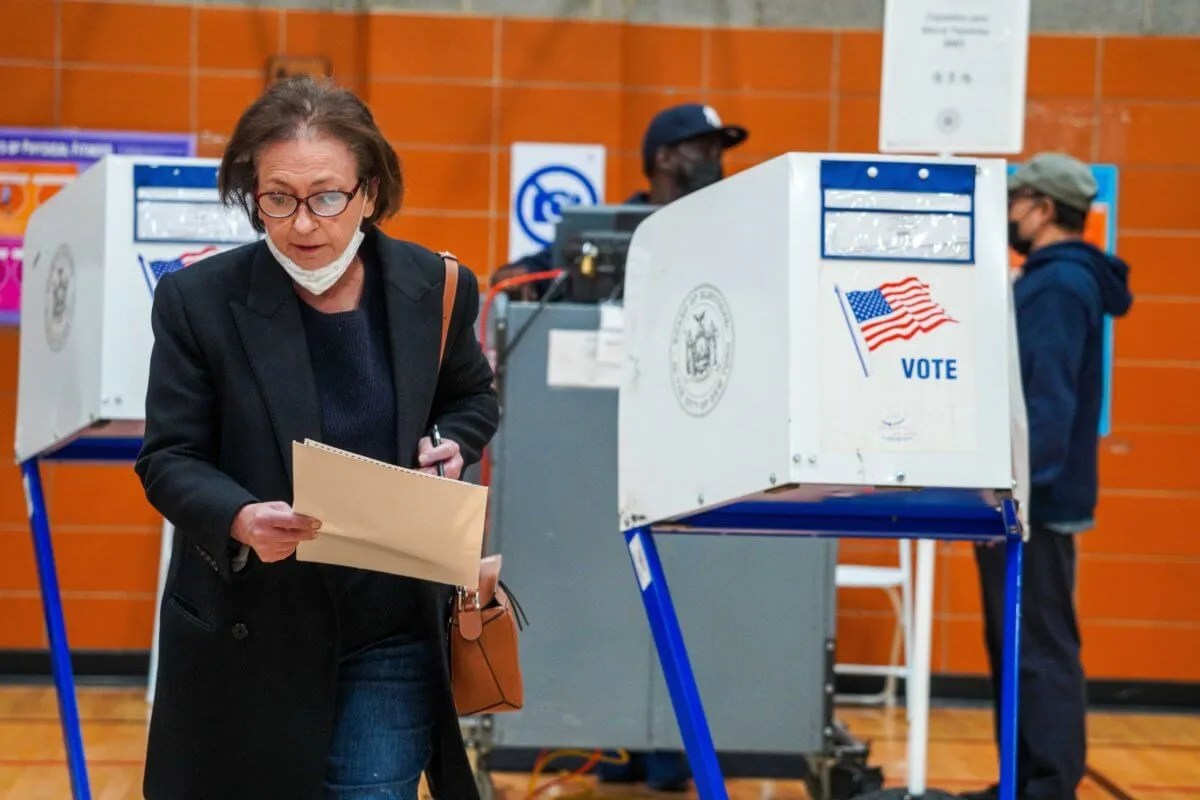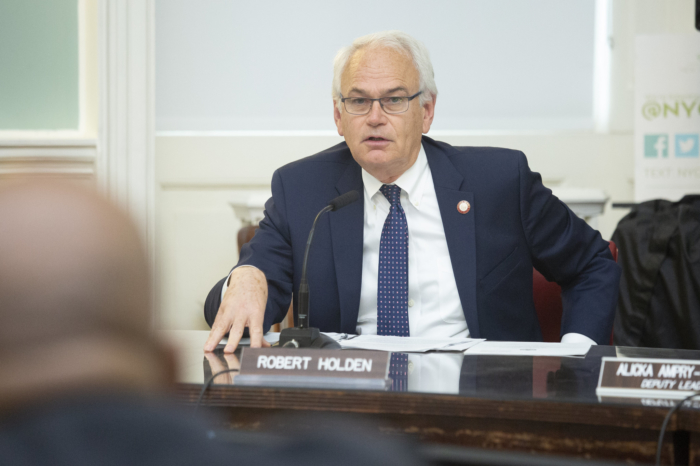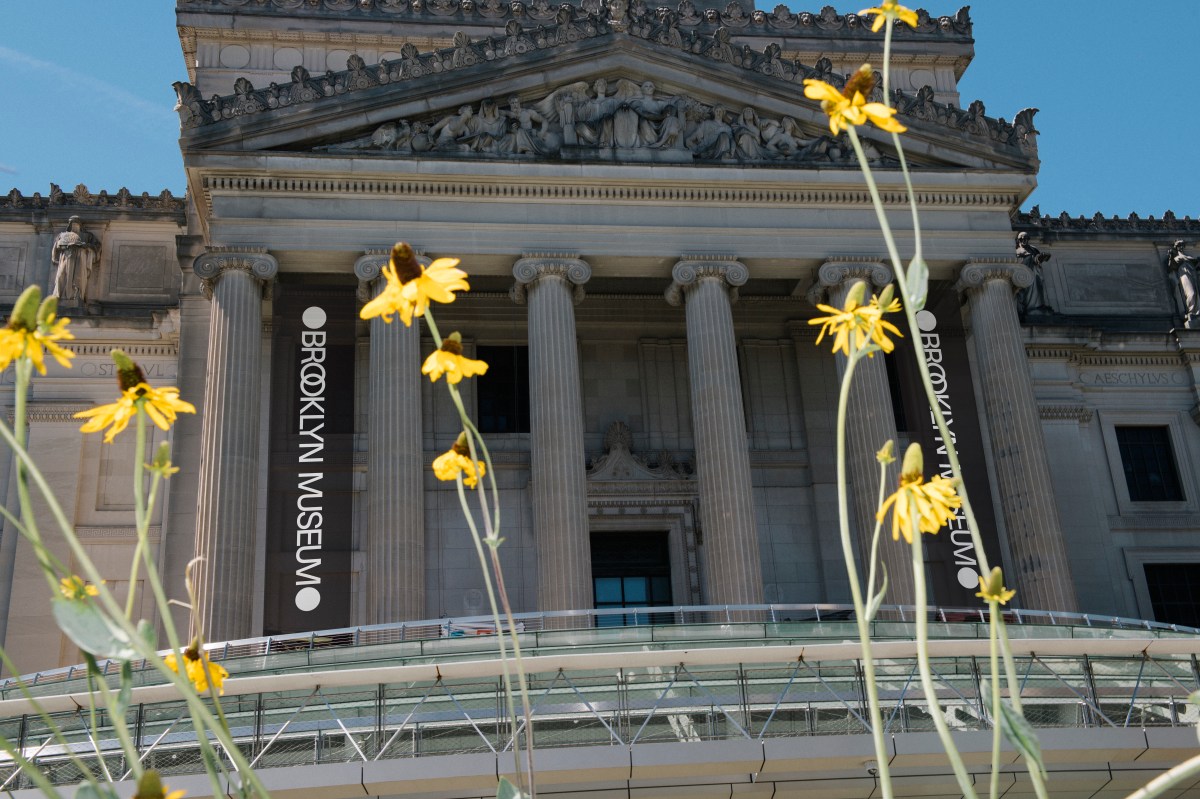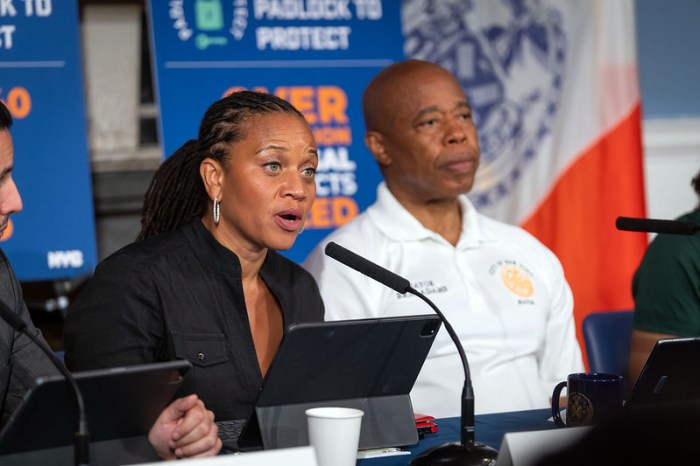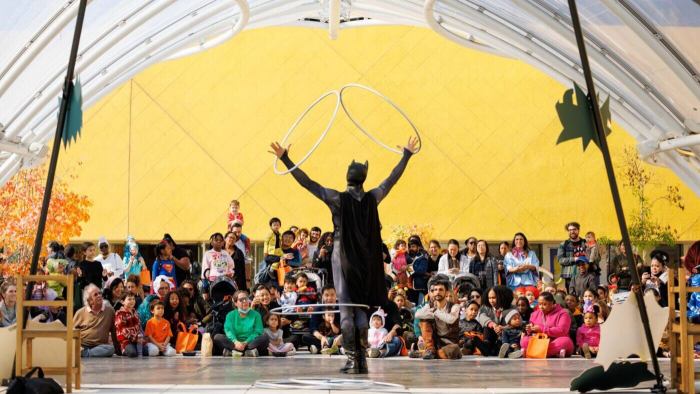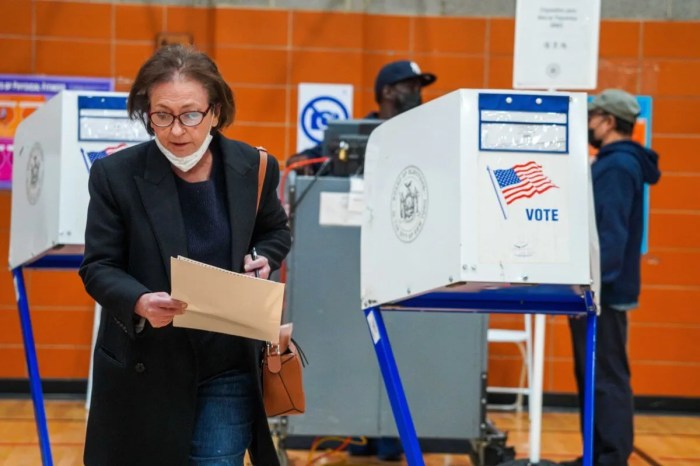BY LESLEY SUSSMAN | The Department of Transportation continued its extensive community outreach last week to win solid support for a new program to create 600 Bike-Share stations throughout the city. Between 50 and 60 of these would be located in the East Village and Lower East Side.
On Wed., April 11, D.O.T. officials appeared before Community Board 3’s Transportation and Public Safety/Environmental Committee to present its tentative list of Bike-Share stations. The presentation was warmly greeted by committee members.
Next, C.B. 3’s full board must approve the program and locations and is scheduled to do so at its May monthly meeting.
The New York City Bike-Share program is a revolutionary new way to try and make it easier for people to get around town. The 24/7 program will be privately operated, with no public funding, by Alta Bicycle Share, Inc. and the city will oversee the quality of service.
Under Bike-Share, people will be able to buy an annual membership for roughly $100, a weekly pass for about $25 or a daily pass at an estimated $10, either at kiosks using their credit cards or online. The city is also working on a system that would allow residents without credit cards to use the program.
Participants could pick up the bikes at any of the solar-powered stations that will dot the city landscape from the Upper East Side and Upper West Side down through Lower Manhattan and into northwest Brooklyn. Ten thousand sturdy bikes will be made available throughout the city. The project is expected to begin operating this summer in July.
At the 6:30 p.m. committee meeting which was held at C.B. 3’s district office, 59 E. Fourth St., D.O.T. staff presented a map that showed tentative Bike-Share stations in an area roughly bordered by 14th St. on the north, Canal St. on the south, Bowery on the west and the East River on the east.
Jon Orcutt, D.O.T.’s senior policy adviser, said that final site selections are still a month or two away because the city wants to make certain “that people have plenty of time to comment on the choices.”
He said that the stations could partially cover subway grates, be placed in park entrances as long as they don’t block pedestrians and be located on wide sidewalks. They also can go in parking lanes and be put in privately owned public plazas, if the owners so choose.
Orcutt added that there will be 40 to 50 bike share locations in a one-square-mile area of the Lower East Side and East Village. Some of the largest Bike-Share hubs will go near the district’s subway stations, including a 55-dock station next to the uptown 6 train entrance at Astor Place.
“Astor Place will have a large station,” Orcutt said, “and there will be stations along the East River, Avenues C and D and sites close to public housing. The New York City Housing Authority is very much interested in the program.”
He told committee members that one Bike-Share station is being planned for the north side of Tompkins Square Park.
“We’re also looking for space around the Essex St. Market,” he said.
The D.O.T. official explained that the stations will be installed in a way to allow flexibility.
“They can be moved quickly if there are any problems, and there will be different station types because no one size fits all,” he explained. He added that no digging or roadwork would be involved with the program.
C.B. 3 District Manager Susan Stetzer told Orcutt that she preferred stations that were located in the street along curbs rather than on sidewalks.
“Our sidewalks get crowded — especially on the weekends,” she said.
“Ninety-nine percent of the sites will be along curbs,” Orcutt replied.
The plan was well received by committee members.
“All these sites look good to me,” committee member John Leo said. “It’s a great project.”
His sentiments were echoed by David Crane, the committee’s chairperson and an avid biker.
“This is another step toward finalizing their plan,” Crane said. “And I think it’s going to be a great program for the city. They’ve spent a lot of time qualifying these sites and getting feedback from residents.”
If approved, the Bike-Share system would create more than 200 new jobs in the city, and include operating staff, such as mechanics and monitors. Additionally, the system would support existing bike shops.
Experience in other cities has shown that private bike ridership and sales actually increased with the advent of bicycle-sharing programs. In Minneapolis, for example, independent bike shops saw sales and rental revenues increase by as much as 10 percent to 15 percent with the introduction of its Nice Ride bike-share program.
Under the New York City Bike-Share program, users would check a bike out using their membership or credit card, ride to a docking station near their destination and leave the bike there. In other cities where the program is in operation, many people use bicycle-sharing systems to connect to public transportation.
The city hopes the program here can extend the reach of public transit into areas that don’t have great subway coverage, like neighborhoods along the East River.
